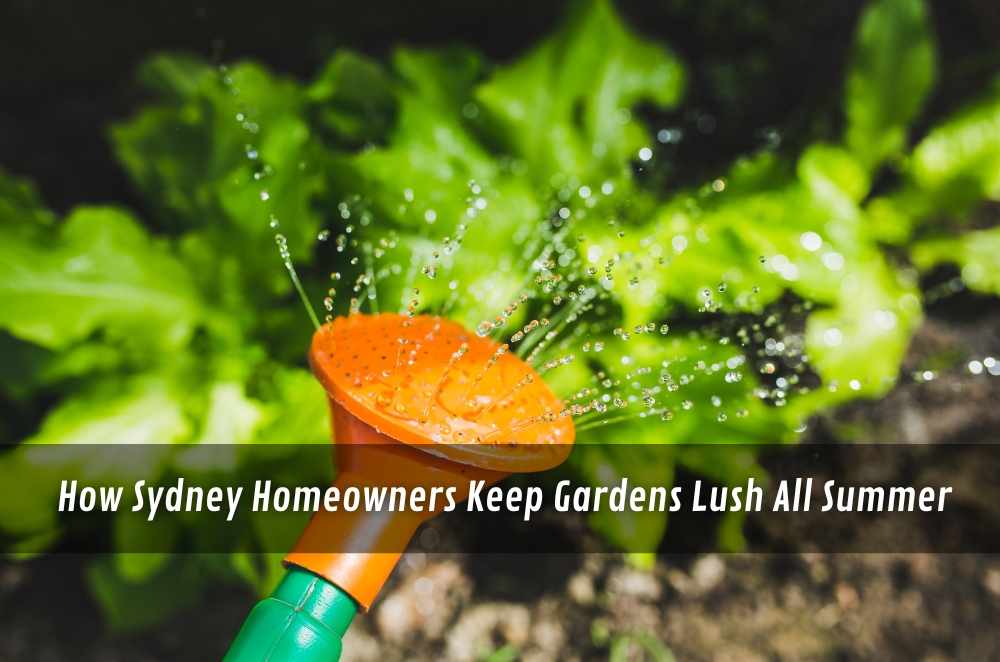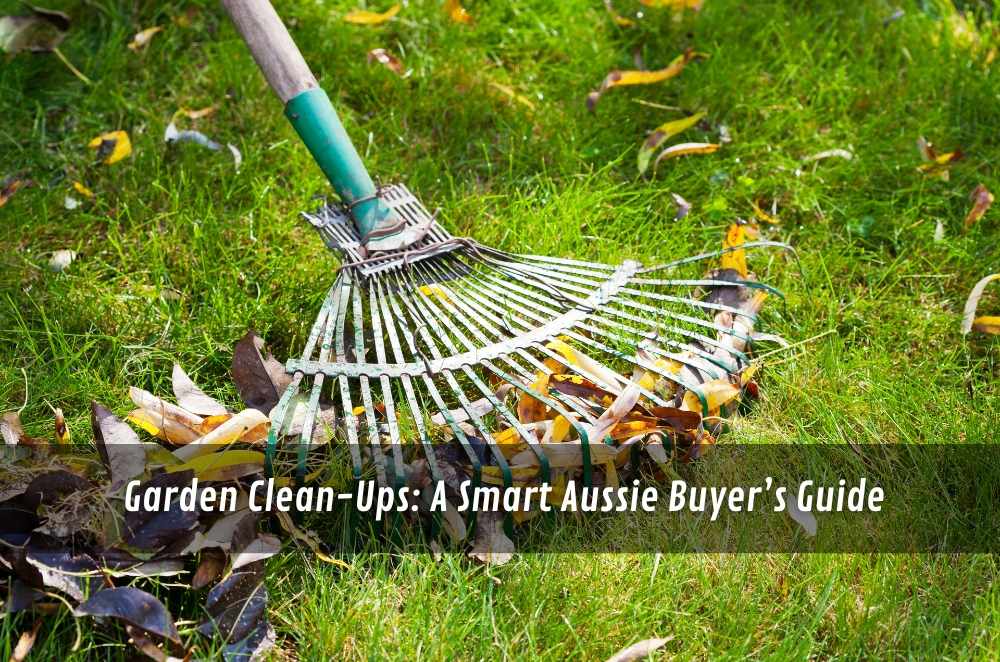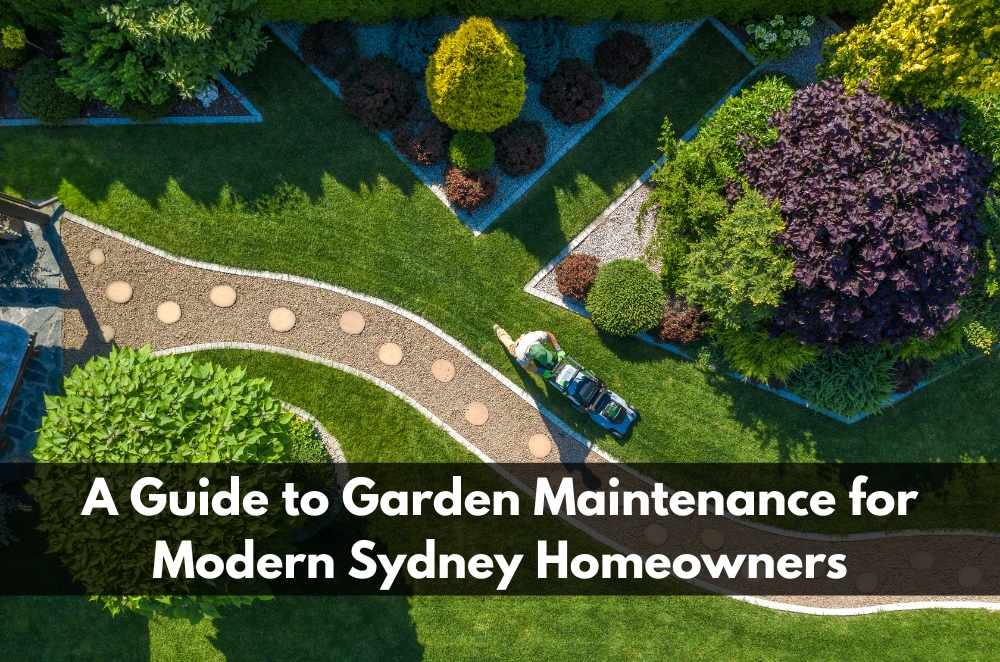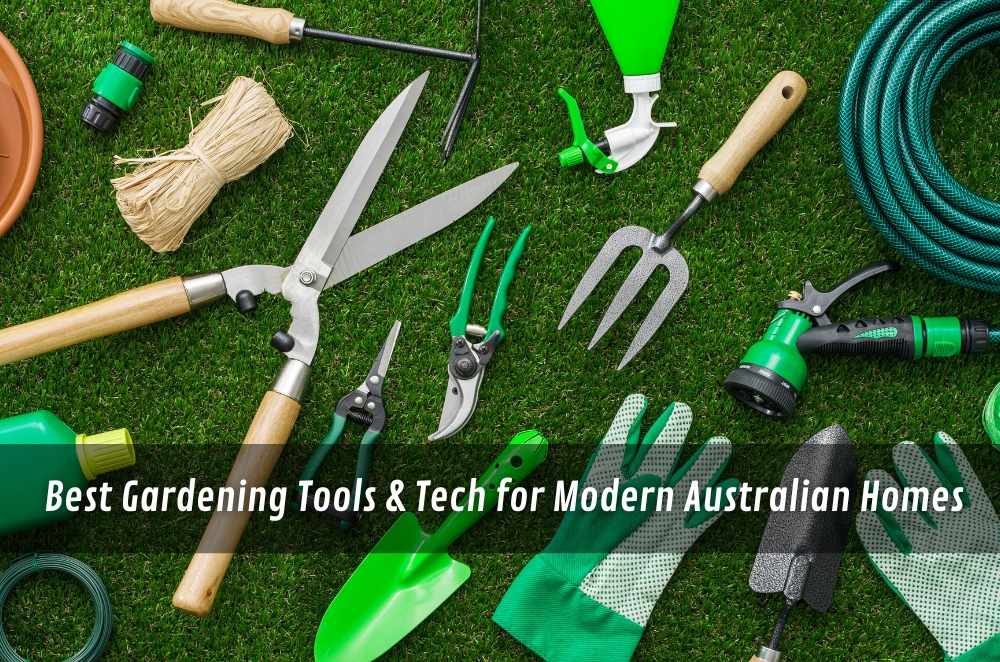
Weeds can quickly turn a neat garden into a wild tangle—often before you even realise it’s happening. Whether you’re prepping a rental, getting ready for an inspection, or just trying to enjoy a stress-free weekend, using professional weeding services Sydney can make the job far more manageable.
But not all weeding services are the same. Some deliver only surface-level results, while others take a more strategic, long-term view. Knowing what to expect can help you choose a service that suits your garden’s needs — and your ability to maintain it over time.
Identifying weeds and their role in long-term garden care
Weeds aren’t just a cosmetic issue. They compete with other plants for water, space, and sunlight. Some, like oxalis or onion weed, are persistent — breaking apart at the root and growing back stronger if handled roughly.
If you’ve ever tried to clear a garden bed, only to find the same growth returning after a few weeks, you know the cycle. Effective weeding looks beyond pulling — it addresses the conditions that allowed those weeds to thrive in the first place.
I remember tackling a neglected patch behind my shed. After digging out the growth by hand, I realised the soil underneath was compacted and holding too much moisture. With help, I adjusted the drainage, changed the planting structure, and finally saw results that lasted longer than a few weekends.
In many cases, the weeds are symptoms of a broader issue — poor soil health, inconsistent watering, or inadequate plant coverage. Addressing the root cause makes future weeding less frequent and more effective. That’s why good wedding is always paired with practical gardening insight.
Knowing your responsibilities with local weed control
Across Australia, different states have varying guidelines on weed management, particularly for invasive species. In some regions, it’s more than just a landscaping choice — it’s an environmental obligation. If you’re unsure what’s considered a regulated species, it’s worth consulting a local source on garden weed control.
Resources like the NSW WeedWise site offer insight into plant behaviour, weed priority rankings, and control methods. Services familiar with this information will often work more efficiently and safely around native species or protected zones.
Even for smaller residential jobs, it’s helpful to know the difference between nuisance weeds and invasive plants. This ensures any approach you take aligns with local guidelines and supports the broader landscape, not just your own plot.
Some councils also encourage community education around these issues. You might even find your local area runs workshops or has advice for identifying tricky species that thrive in disturbed soils. This local knowledge helps frame weeding as part of a larger urban and suburban land care.
What to look for in a dependable weeding service
Reliable services tend to stand out in how they treat the job, not just as a task, but as part of an ongoing process. They’ll ask questions, observe the broader health of the garden, and offer context-based suggestions rather than blanket solutions.
Some things to watch for:
Recognition of local soil and climate impacts
Consideration of how weeds interact with specific plant types
A practical plan for follow-up or preventative strategies
Willingness to adapt based on your garden’s design and use
I often ask providers about timing. Someone who knows the best time for garden weeding will usually factor in seasonal rainfall, germination cycles, and even temperature shifts — especially important in temperate climates like Sydney’s. Their ability to answer that question often signals how attuned they are to the conditions that shape a garden over time.
It’s also worth asking how they handle disposal. Some weeds can regrow from small fragments, so services that bag and remove green waste properly are often more thorough. You may also find that those who compost selectively or reuse materials understand the full cycle of garden maintenance.
Exploring low-impact, natural weeding methods
Not every situation calls for chemicals or aggressive treatment. Especially in gardens shared with pets or kids, many homeowners seek alternatives that offer peace of mind without compromising results.
There are practical ways to approach how to remove weeds naturally, and a good provider should be open to discussing them. These may include:
Hand removal with tools to minimise soil disruption
Sheet mulching or layering to block sunlight and prevent seed spread
Boiling water for driveways or hardscape borders
Dense groundcover planting to prevent regrowth in exposed areas
From personal experience, I’ve found that natural methods are not only effective, they also teach you more about how your garden behaves. One section of my yard, once prone to bindii, is now mostly trouble-free thanks to alternating ground covers and smarter planting density.
If your weeding provider can talk through natural methods with confidence, it's often a sign they’ve dealt with more than one type of customer and understand different garden philosophies. It’s less about pushing products and more about understanding outcomes.

Supporting weed-free results with simple habits
Once the main work is done, keeping weeds at bay becomes a matter of rhythm. Quick weekly passes, mulch refreshes, and spot-checking after rain can go a long way.
Simple habits I’ve adopted include:
Turning the soil slightly near the edges after watering
Pulling new growth before it establishes a root base
Keeping an eye on fence lines and shady corners
Avoiding bare patches where weeds can get a foothold
If you’ve already invested time and energy into clearing a space, small routines help lock in those results. Some people set calendar reminders to check weeding hotspots each season, especially in transition periods between dry and wet spells.
Another approach is companion planting — using herbs or ground covers that inhibit weed growth while still offering a functional or decorative purpose. The fewer open spaces weeds can target, the less work you’ll need to do over time.
Wrapping up: smart weeding is ongoing care
There’s no perfect garden — only better ways to manage what grows and how we respond to it. Whether you’re trying to revive a neglected patch or maintain a tidy space with minimal effort, having access to informed, responsive weeding services makes a genuine difference.
By understanding your role, setting clear expectations, and asking the right questions, you’ll be better positioned to maintain a space that works for you long-term and doesn’t let weeds take the upper hand.
When the job’s done right, weeds become part of the landscape you can work with, not something you're always working against. Whether you prefer DIY maintenance or recurring services, the key is knowing your options and choosing support that respects your space and goals.











Write a comment ...